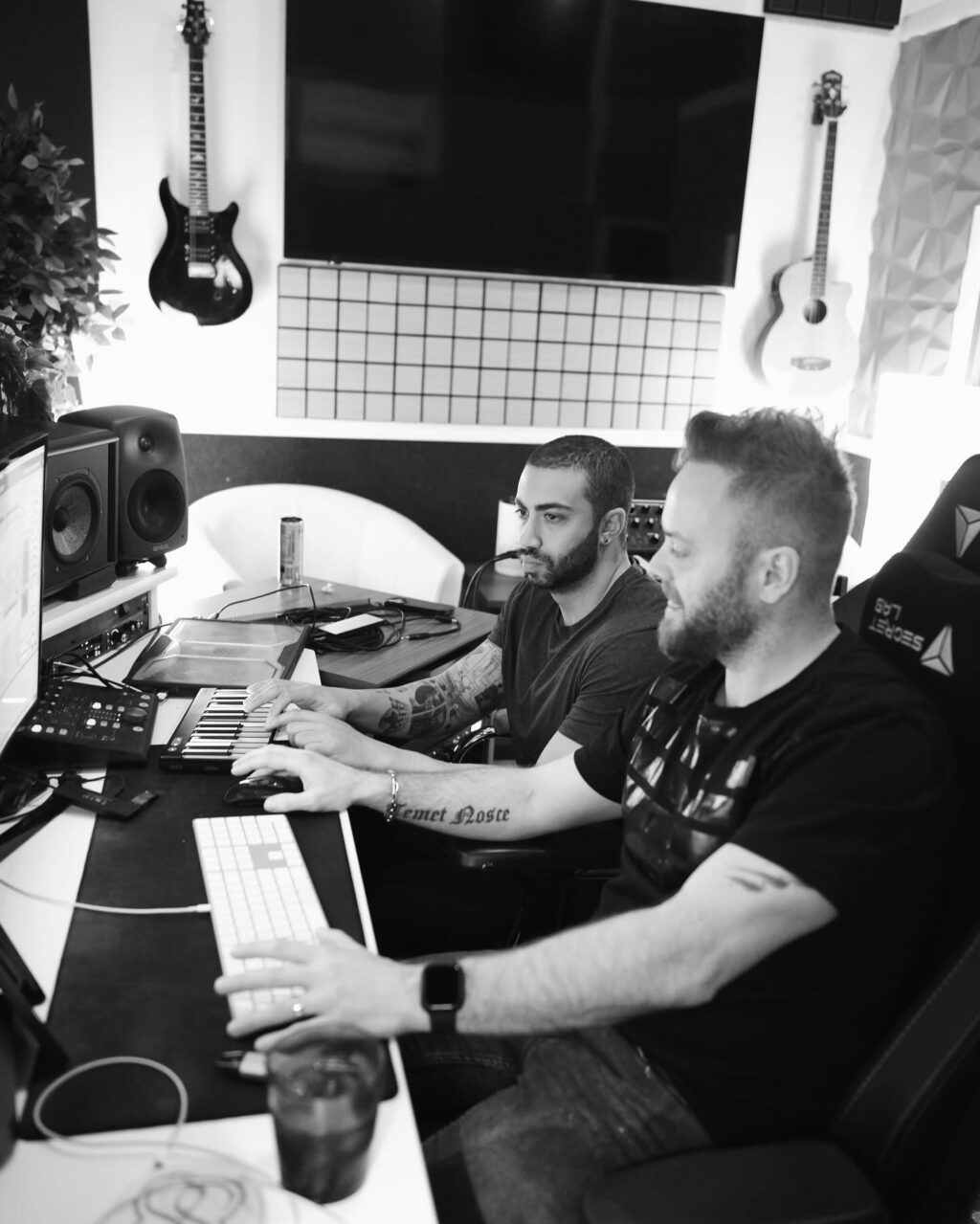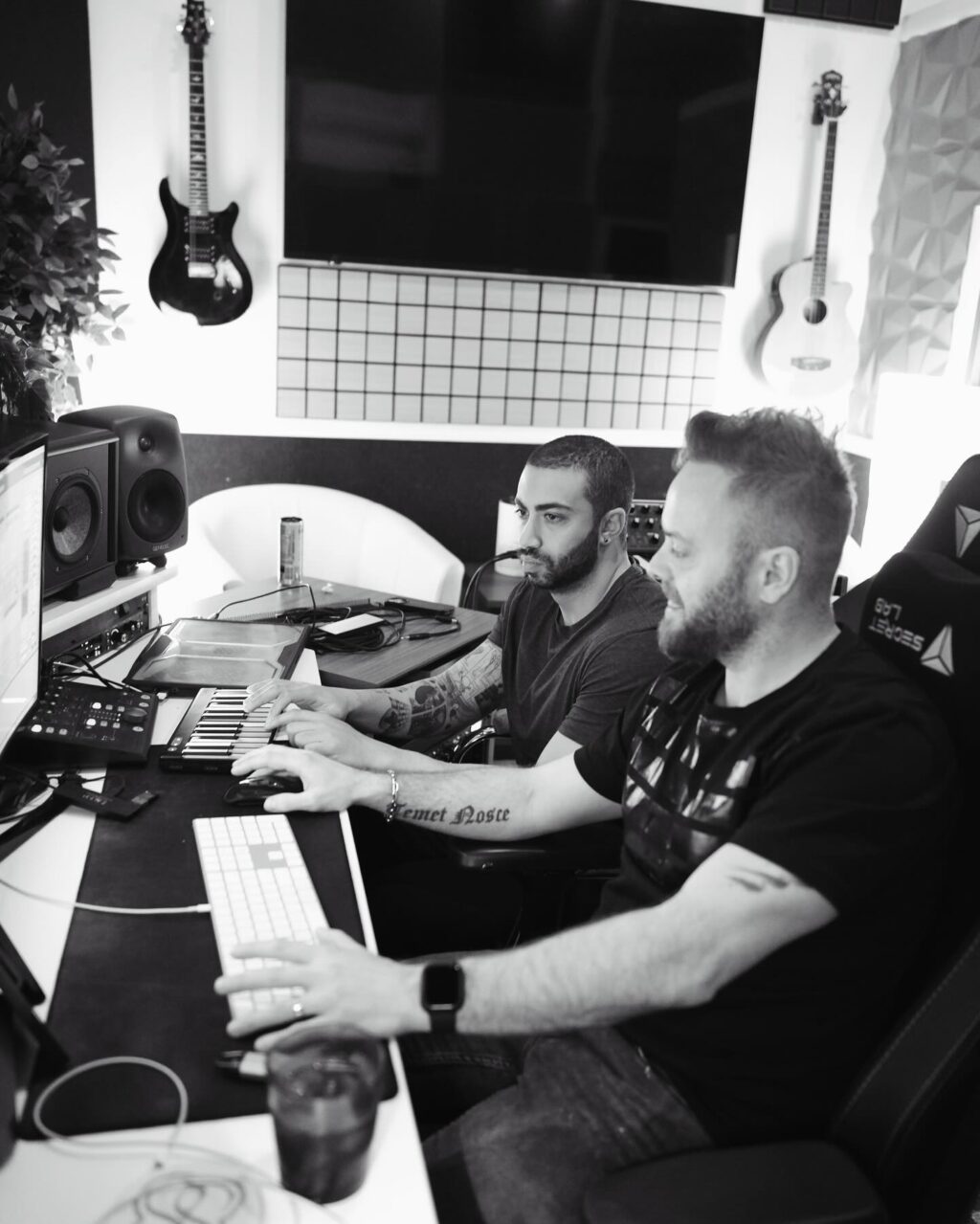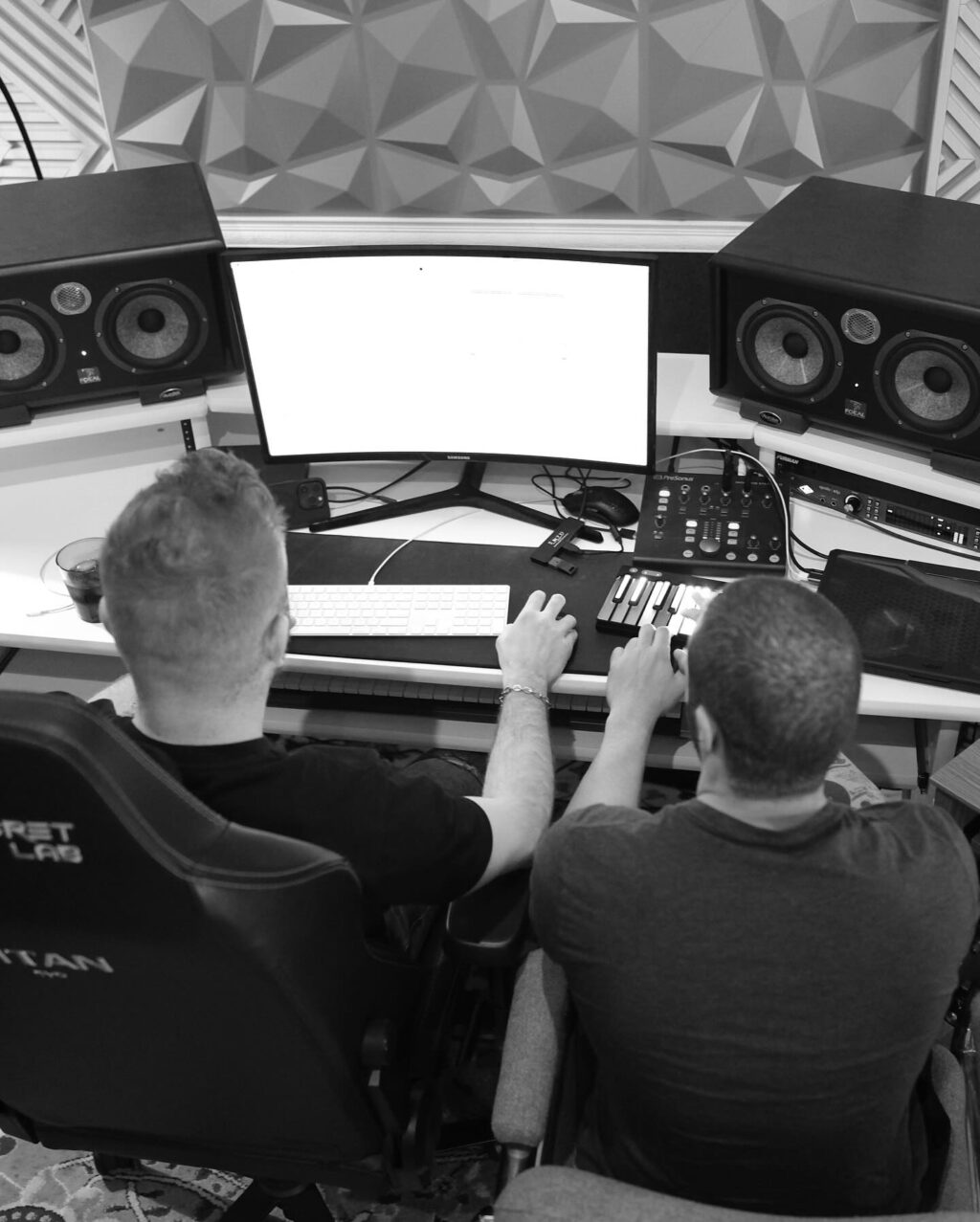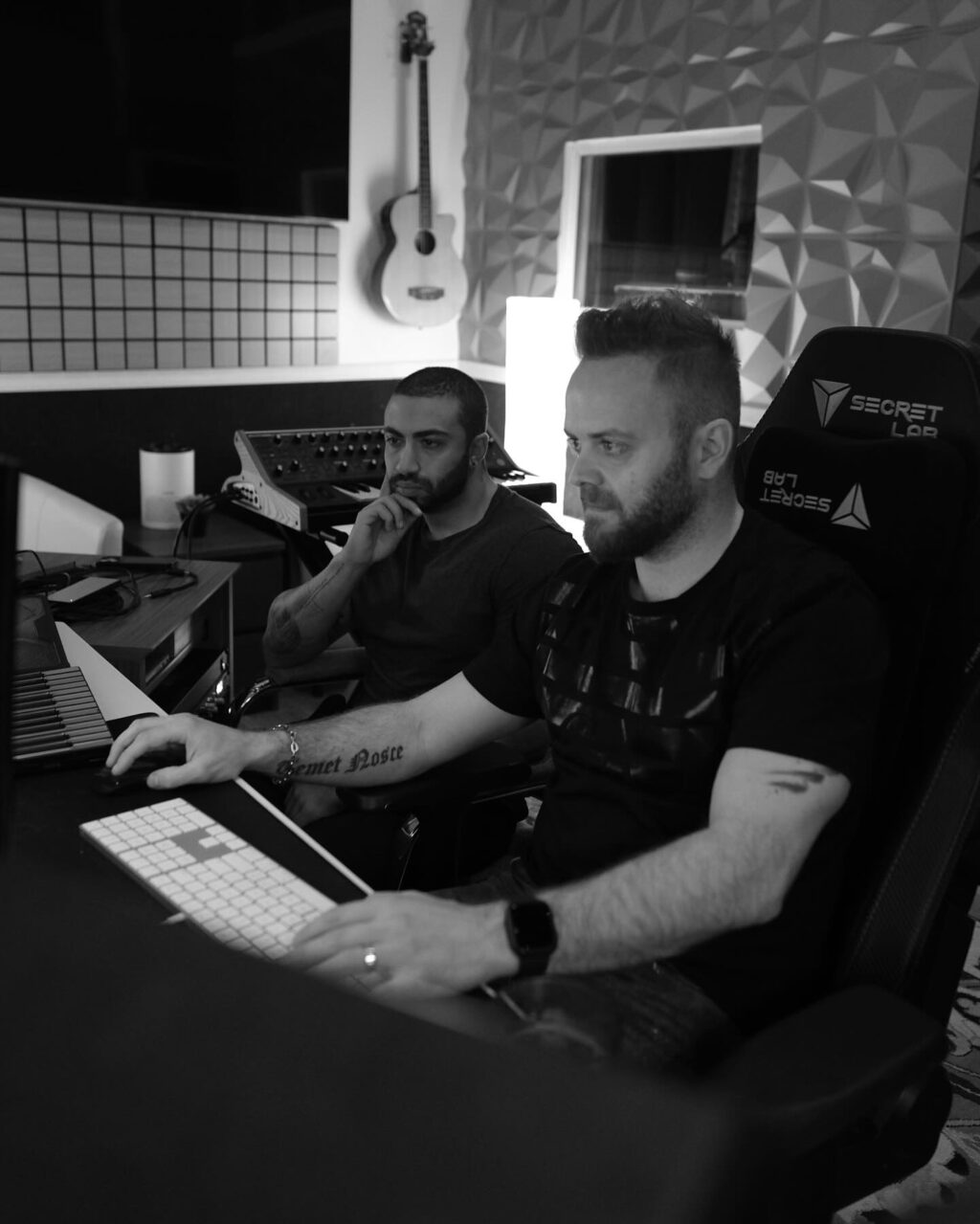If you’ve ever found yourself wondering how to make your trance tracks sound wider, deeper, and more immersive, you’re in the right place. Today, we’re going to talk about mastering stereo imaging in trance music. Don’t worry if you’re not familiar with the term yet—by the end of this article, you’ll be equipped with the knowledge to transform your tracks from flat and dull to spacious and exciting.
Let’s walk through a simple example of how you might use these techniques to build a trance track.
Step 1: Drums and Bass
Start with your kick drum and bassline. Keep these elements centered to create a solid foundation. Add hi-hats and percussion, panning them slightly left and right to create width.
Step 2: Main Melody
Add your main melody, keeping it in the center. This will be the focal point of your track. Next, add supporting melodies and arpeggios, panning them left and right to create movement and interest.
Step 3: Pads and Atmospheres
Add pads and atmospheric sounds. Use stereo widening and reverb to spread these elements across the stereo field. This creates a lush, immersive background.
Step 4: Effects and Automation
Add effects like reverb and delay to create depth. Use automation to make elements move across the stereo field, keeping the listener engaged.
Step 5: Final Touches
Finally, use M/S processing to balance the center and sides of your mix. Check your mix in mono to ensure it still sounds good.
Tips and Tricks
Less is More: Avoid over-processing. Too much stereo widening or reverb can make your mix sound messy.
Use Reference Tracks: Listen to professional trance tracks and compare them to your mix. Pay attention to how they use stereo imaging.
Experiment: Don’t be afraid to try new things. Every track is different, and what works for one might not work for another.
Common Mistakes to Avoid
Overusing Effects: Too much reverb or delay can wash out your mix.
Ignoring Mono Compatibility: Always check how your mix sounds in mono to ensure it doesn’t lose impact.
Clashing Elements: Avoid having too many elements in the same frequency range and stereo position. This can make your mix sound cluttered.
Conclusion
Stereo imaging is a crucial aspect of music production, especially in trance music, where creating an immersive experience is key. By understanding and applying the techniques we’ve covered, you can make your tracks sound wider, deeper, and more professional.
Remember, practice makes perfect. Spend time experimenting with different techniques and listening to how they affect your mix. Before you know it, you’ll be crafting trance tracks that captivate listeners and transport them to another world.
P.S. My upcoming masterclass on making hit trance tracks in 2024 is now available for preorder! If you struggle with making tracks that big labels want to sign, this will change your life.




















